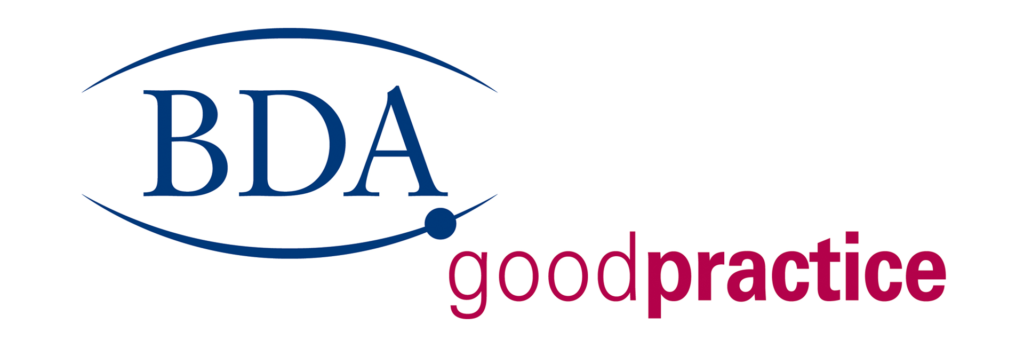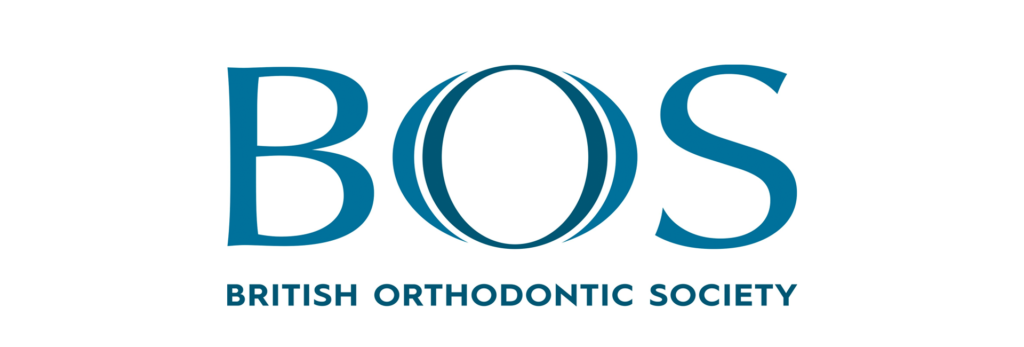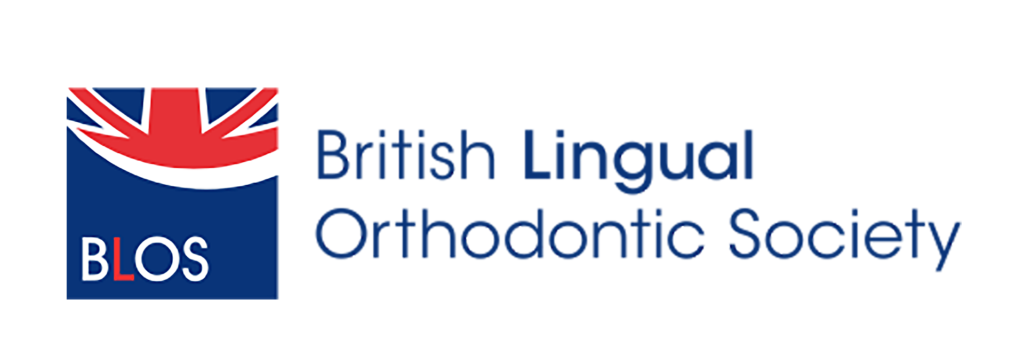Angle House Blog
Guide to Braces

Changing the Face of Braces
Modern brace technology means that you can achieve a straight smile without necessarily using traditional metal braces. We’ll give you a run-down of the type of braces available, how you can look after them and make your brace wearing a comfortable, healthy experience.
Many of us would like to correct the alignment of our teeth but are put off by the idea of wearing traditional metal braces. Luckily, braces now come in a range of shapes and sizes to suit you.
Invisalign®
Invisalign® is a discreet, removable clear aligner system. Aligners are clear plastic trays – like mouthguards – that fit snugly over your teeth and gently move them into place. Because there are no metal wires or brackets, Invisalign® is very discreet and almost invisible. You can also remove your brace to eat – as long as you wear your brace for a minimum of 20 hours every day.
Your aligners are custom-made for you and each one will move your teeth little by little.

Pros:
- Invisalign® can be removed for eating, drinking and teeth brushing
- It’s very inconspicuous
- Your clinician will be able to show you a digital representation of how your teeth should look once you finish your treatment.
Cons:
- Invisalign® will only be effective if you’re wearing your aligners for the recommended amount of time
- There are some more complex problems that will be better suited to fixed braces.
Spark
Spark is the new kid on the aligners block and is proving a hit with wearers. Invisalign® and Spark are aesthetically similar, and both use patented clear material to create aligners that are strong, durable and invisible. Invisalign® uses SmartTrack, while Spark Aligners use TruGEN™ to make their aligners. The main difference between them is certification of application.
As one of only a few orthodontists licensed to offer this treatment in the UK, Angle House is proud to offer Spark to our patients.

Looking after your Teeth
It is important to take extra care and time to look after your teeth while wearing a brace. When you consume food and drink it is easy to get bits stuck in the crevices of your braces. This food can be difficult to clean and if left, can lead to a build-up of cavities. You may not notice this until your braces are removed. In which case you may see permanent squares of colour differences around where the brace was once fitted. This is easily combatted if you brush your teeth extensively. It is also recommended to brush after eating meals so that nothing gets left in the braces.
Brushing with Braces
Try to brush as thoroughly as you can after every meal. If you cannot brush after a meal, rinse your mouth out with water.
Brush using a fluoride toothpaste and toothbrush with a small head. If you use an electric toothbrush, you can buy special orthodontic heads that will clean more effectively around your brackets. Replace toothbrushes or toothbrush heads regularly (at least every 3 months) – they will wear down more quickly because of your brace.
Take your time to brush your teeth thoroughly.
Mouthwash
An alcohol-free fluoride mouthwash should be used daily. You should use it at a different time of the day to when you brush your teeth to help maintain fluoride protection. Avoid eating or rinsing for 20 minutes after use.
Flossing
Flossing your teeth is more important than ever while you wear a brace, to ensure all food and plaque is removed from crevices around the brace. We stock floss suitable for brace wearers. A firm threader means you can insert it between your teeth for effective, easy cleaning.
A water flosser helps remove food debris from your mouth and brace, but does not remove plaque. It should be used alongside other cleaners, such as an interspace brush and manual flossers suited to braces.
Disclosing tablets
Plaque is a soft, colourless substance which is difficult to see until the coating is quite thick. It collects on the surface of our teeth and next to gums. You could cause permanent damage if your teeth and braces are not kept clean. The enamel that covers your teeth could be damaged, leaving marks which could lead to a cavity.
Special disclosing agents (including tablets and toothpastes) will show you where plaque is so that you can brush more effectively.
Consultant Specialist Orthodontist, Dr Joyti Vasudev explains more:
Eating and Drinking
You may have to change your eating and drinking habits a little once you have a brace. Hard foods can break your brace, while sticky foods can stick to it and be hard to remove. Hard sticky sweets like toffees are your brace’s enemy. You should cut up hard foods like apples into bitesize chunks before eating them.
Soft foods such as soup, pasta and cheese are generally fine and are particularly useful when you first have your brace applied or tightened, when your teeth may be tender.
Hard, sticky foods could break your brace, so it’s best to avoid things like crusty bread, nuts, popcorn, ice, crisps, chewy meat and chewing gum.
Drinks that are high in sugar and acids can discolour your teeth, meaning you are left with marks once the braces are removed. Juices, energy drinks and flavoured milks can stick to the edge of braces and cause permanent marks on the teeth.
To reduce sensitivity, and strengthen and protect tooth structure, you can use Biomin or GC Tooth Mousse.
Dr Joyti Vasudev from Angle House Ealing explains:
Discomfort
It is normal to feel a little discomfort after having braces fitted or adjusted. You can take a little paracetamol to help with the small aching discomfort of your teeth moving.
Your mouth may be a little tender to the wires and brackets, especially at first. Using orthodontic wax on your brace can help prevent this. We recommend stocking up on plenty of wax as you may need to use quite a lot when your brace is first fitted.
Contact Sports
We recommend brace patients wear a gumshield or sportsguard when doing any contact sports to prevent any injuries.
Brace Problems
If you have a problem with your brace, such as a loose bracket or protruding wire, speak to your orthodontist as soon as possible. A broken brace means it won’t be as effective, so you shouldn’t wait until your next check-up to have it fixed.
 Postcode Finder
Postcode Finder






